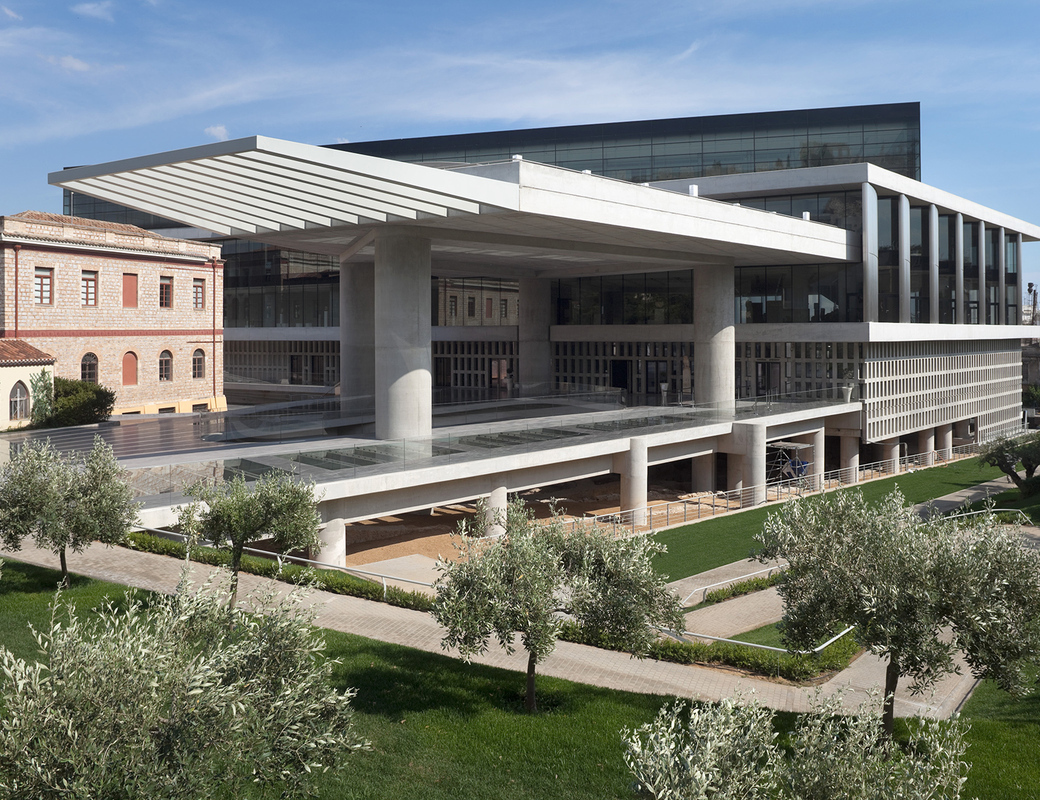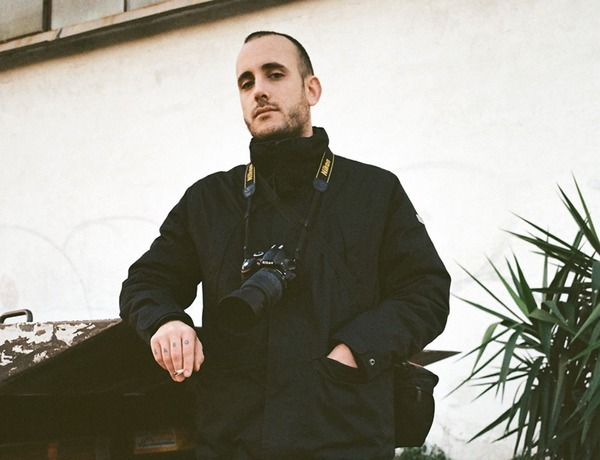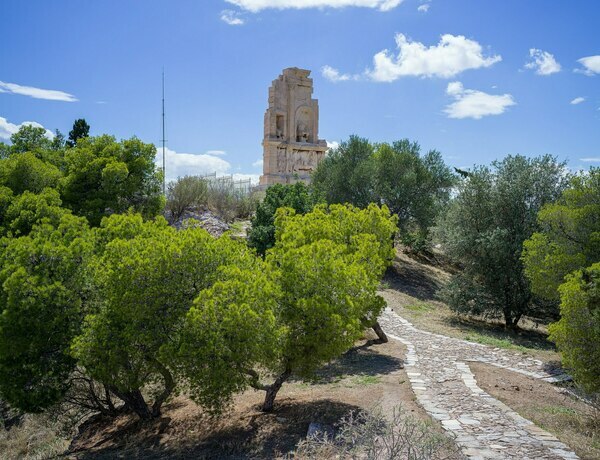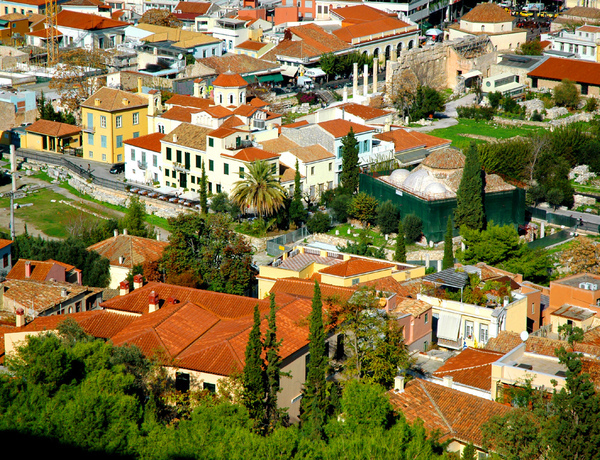
Posted by Filippos Fragkogiannis
The Acropolis Museum is an archaeological museum located in Athens, Greece, near the Acropolis hill. It was built to house and display artifacts from the Acropolis of Athens, one of the most important archaeological sites in Greece.
The museum opened to the public in 2009 and is considered one of the most important and impressive museums in Greece. It is built over an archaeological site and features exhibits from the Archaic and Classical periods of ancient Greece, including sculptures, pottery, and other artifacts.
One of the main attractions of the Acropolis Museum is the Parthenon Gallery, which displays many of the surviving sculptures and friezes from the Parthenon, including several of the famous Elgin Marbles that were taken to Britain in the 19th century. The museum also features exhibits from other important buildings on the Acropolis, such as the Erechtheion and the Temple of Athena Nike.
The museum is designed to be a modern and interactive space, with multimedia exhibits and displays that help visitors understand the history and significance of the artifacts on display. It also features a rooftop terrace with panoramic views of the Acropolis and the city of Athens.
Website
theacropolismuseum.gr
theacropolismuseum.gr





